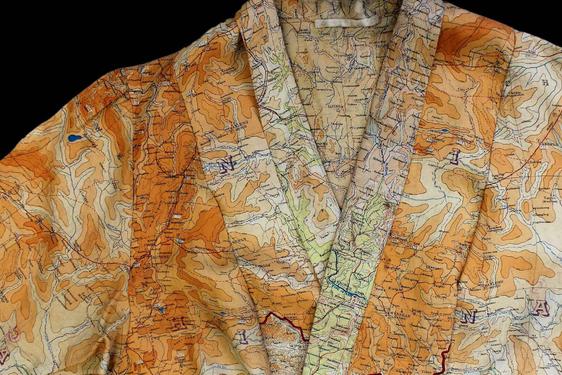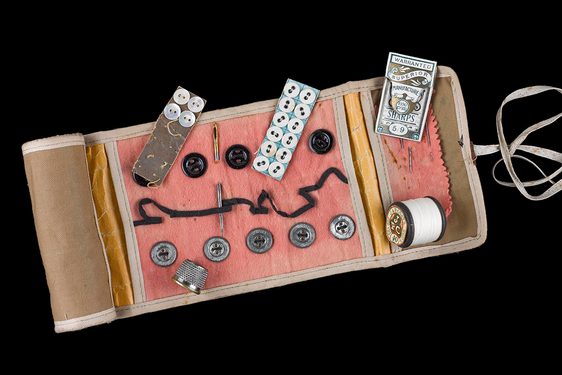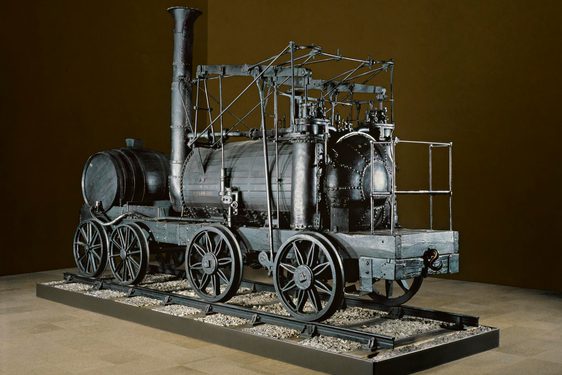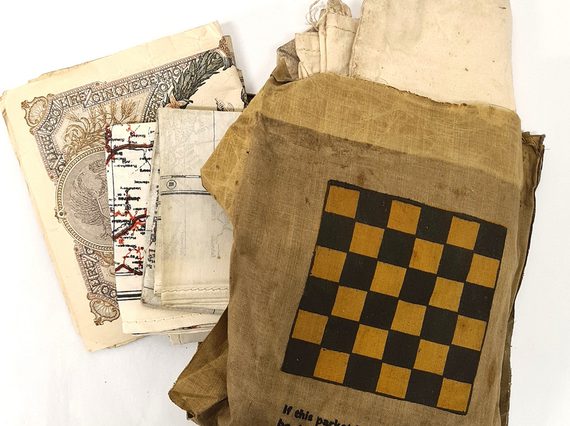
Escape and Evade: How to avoid capture in the Second World War
News Story
In 1939, a secret department of Military Intelligence (MI9) was formed. It employed the inventor Christopher Clayton Hutton and former magician Jasper Maskelyne.
Their remit was to devise ingenious ways to smuggle maps, compasses, money and fake documentation into Prisoner of War camps.
Fabric maps
A map is one of the most important tools needed in planning an escape or trying to evade capture. Hutton recognised this and began looking for ways that maps could be carried and hidden without the fear of discovery.
Fabric maps had already been used for military purposes. Some were made in China as early as the 4th Century BC. Hutton saw their potential as compared to paper they were quiet, strong, waterproof. Importantly, they could be easily hidden in clothing or Prisoner of War care packages. These maps were also very versatile and could be used as bandages, slings or to filter water.
John Bartholomew & Sons was an Edinburgh-based cartography firm. They provided MI9 with paper copies and printing plates of their small-scale world maps to be used for ‘escape and evasion’ maps. Ian Bartholomew, who served in the First World War stated, 'It was a privilege to contribute to the war effort.'
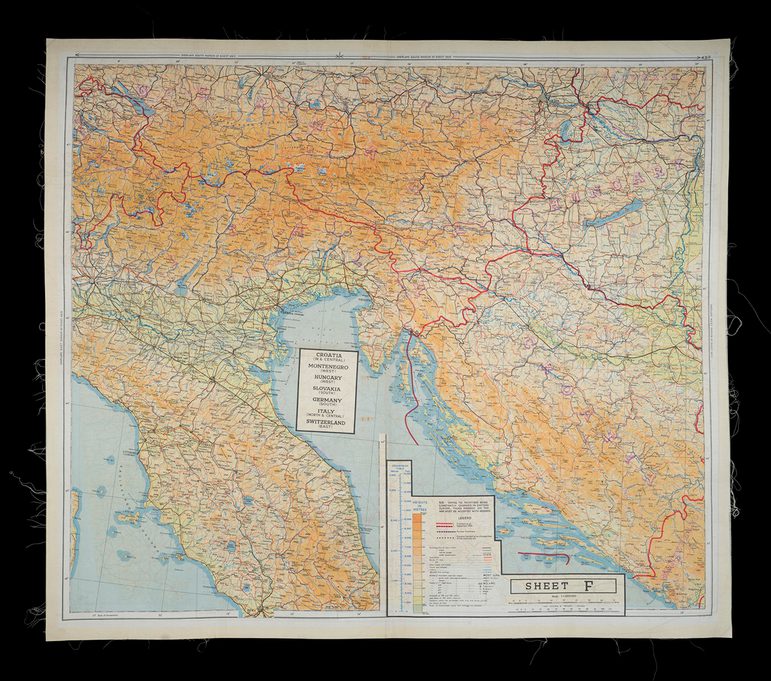
Escape map of silk, from the '43' series. One side titled Sheet E, showing Germany, Bohemia, Moravia, Slovakia, Poland and Hungary. The other side titled Sheet F, showing Croatia, Montenegro, Hungary, Slovakia, Germany, Italy, and Switzerland. Issued by the Ministry of Defence, 1943. Museum reference: T.2018.117
An example in our collection is printed on both sides. It illustrates the main transport routes by road, rail and river across Europe. They are marked with good border crossing points, distances between locations and helpful evasion information. The frontiers marked on this map were correct as of September 1943.
Issued by the USAAF in January 1944, this fabric map covers the Eastern & Western portions of K'un-Ming, Yunnan, China to Chabua Assam India. It also carries what was known as a 'Blood Chit' - a notice carried by members of the armed forces requesting help if they are found injured.
The notice on this map: 'I am an American Airman. My plane is destroyed, I cannot speak your language. I am an enemy of the Japanese. Please give me food and take me to the nearest Allied Military Post. You will be rewarded' is translated into Bengali, Hindustani (Urdu), Kachin, Lisu, Burmese and Chinese.
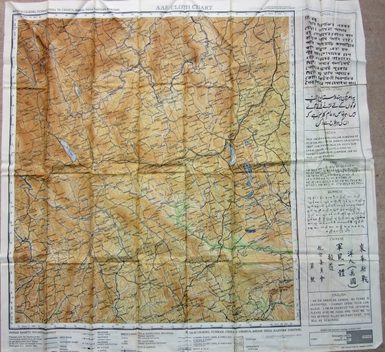
A fabric map issued by United States Airforce in 1944. The map covers the Eastern & Western portions of K'un-Ming, Yunnan, China to Chabua Assam India.
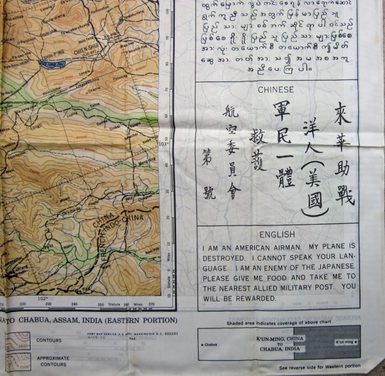
Maps, alongside other essentials including money and false documentation were smuggled into camps. This would be achieved with the assistance of firms such as John Waddington & Co - the makers of Monopoly.
Objects were hidden in board games, gaming sets, playing cards and gramophone records. MI9 delivered these parcels through bogus charities such as the Prisoners’ Leisure Hours Fund. Coded letters were exchanged between Prisoners of War and MI9 to request items and to acknowledge their safe delivery to the camp.
